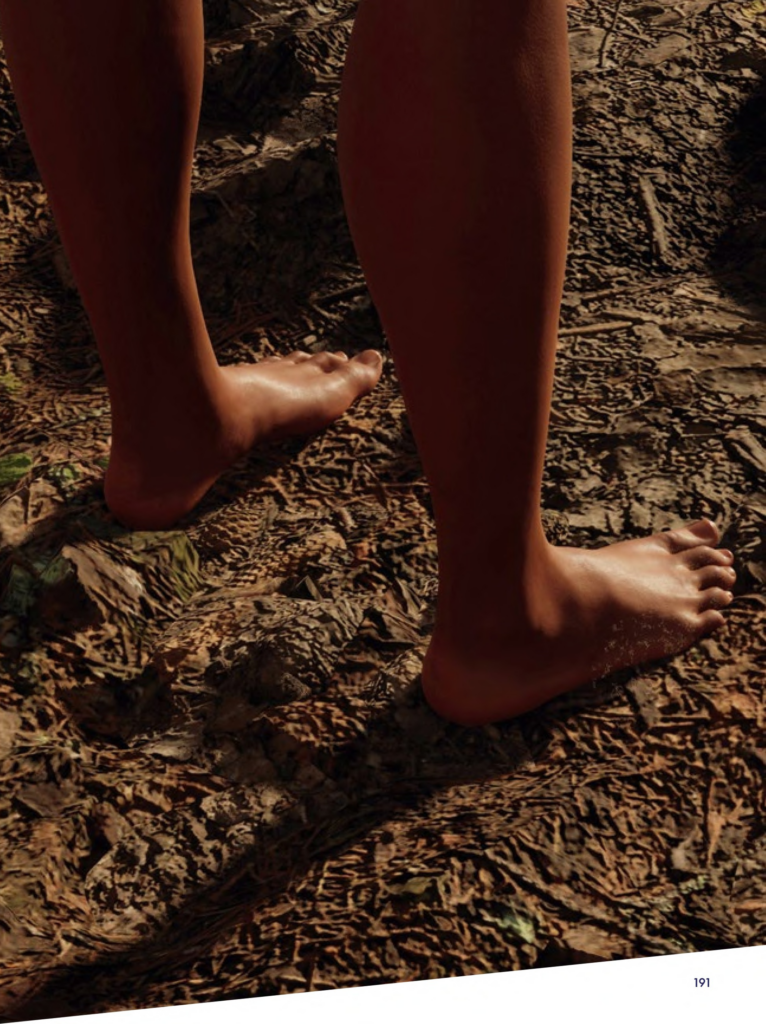PRIYAGEETHA DIA
Born 1992 in Singapore, where she lives and works
Spectre System
2024

Through site-specific interventions, speculative narratives, and acts of appropriation, Priyageetha Dia addresses the plantation histories of Southeast Asia and their contemporary legacies. Dia studied fine art at LASALLE College of the Arts in Singapore. Working with computer-generated imagery (CGI), Dia has developed a digital vocabulary that traces the links between technology, labor, and environmental destruction. Her sensorial environments translate colonial histories into a space of visceral experience.
Employing 3D animation and game-engine software, Spectre System (2024) marks a new chapter in the artist’s research on plantation corporatism and labor migration on the Malay Peninsula. One of the British Empire’s most profitable colonies and the world’s largest exporter of rubber in the mid-nineteenth century and early twentieth century Malaya relied on the indentured labor of hundreds of thousands of workers from South India. Such socioeconomic structures have persisted in the region’s longstanding sugarcane and rubber production and endure in other cash crops, such as palm oil. Building on previous animations by the artist, the work creates a space where the real and imaginary merge; the psyche of labor, environment, and capital intersect. A computer-generated, elusive protagonist conjures memories of the land, people, and other entities. Morphing into the space, the figure reveals the terrain as a repository of memory and site of racialized dispossession—a geology of histories and stories. These memories and artifacts gradually break down into data and information, and an arc is spanned from the colonial labor of the past to the digital economies of the present.
The animation extends into the physical space through a large vinyl print on the wall, Mesh: Prelude to Spectre System (2024). Images of elongated hands with gleaming skin seem to guide, embrace, or entrap viewers. Through this immersive vinyl, the artist strives to dissolve the boundaries between the body and space. The gesture underscores to what extent the environment we inhabit is a container of countless histories and handprints.
